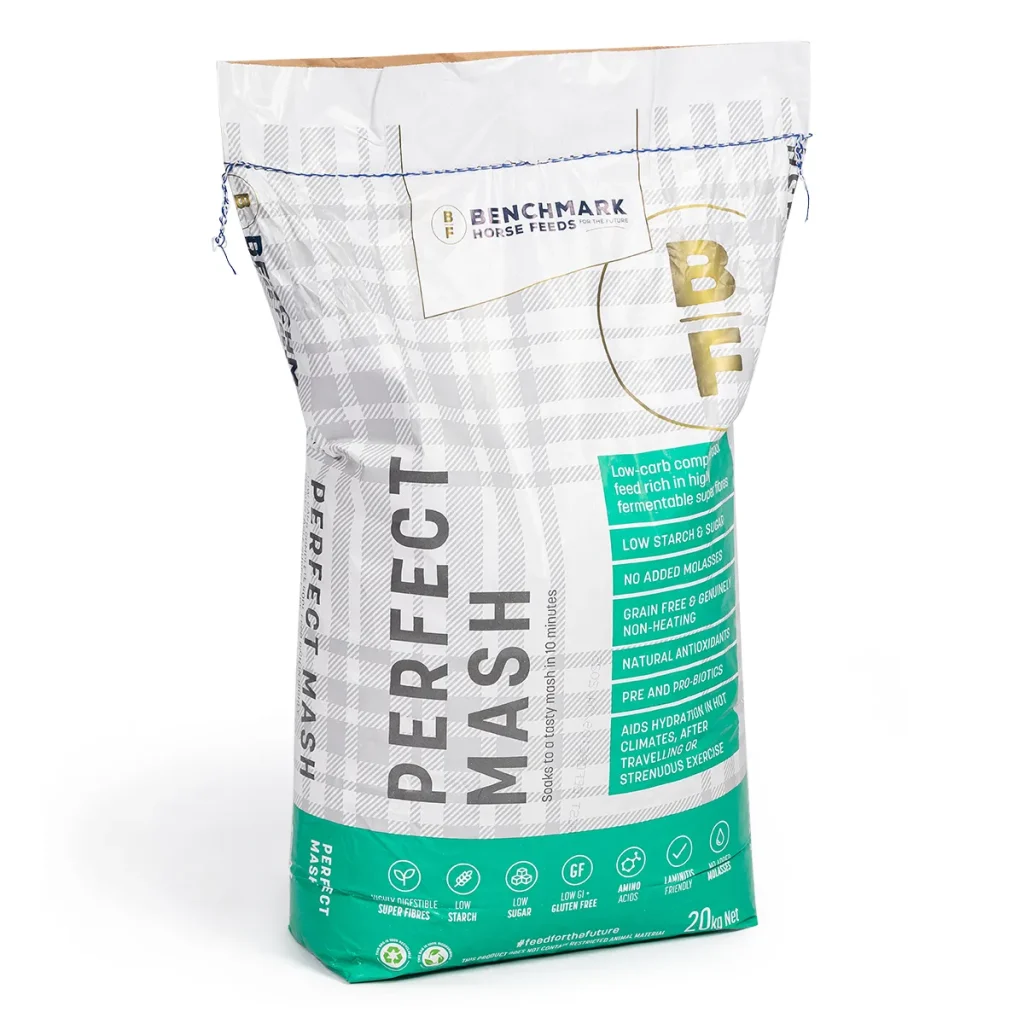
In the realm of packaging, the evolution of materials and technology has led to the development of innovative solutions that cater to diverse applications. One such advancement is the Poly-paper Bag, a hybrid of Kraft paper and polymer materials, offering a unique blend of strength, durability, and aesthetic appeal. This article delves into the benefits of using Poly-paper Bags, the advantages of combining two materials, and how different designs and styles cater to various uses and storage environments.
The Synergy of Poly-paper Bags
Poly-paper Bags are a testament to the marriage of Kraft paper and polymer materials, resulting in a packaging solution that is both robust and visually appealing. The combination of Kraft paper, known for its strength and recyclability, with polymer materials such as polypropylene (PP) or polyethylene (PE) enhances the bag’s performance characteristics.
Advantages of Poly-paper Bags:
- Durability: The Kraft paper provides a strong base, while the polymer layer adds flexibility and resistance to tearing.
- Moisture Resistance: The polymer coating or lamination prevents moisture from penetrating the bag, making it suitable for wet or damp environments.
- Chemical Resistance: Poly-paper Bags can resist a variety of chemicals, protecting the contents from external contaminants.
- Printability: Kraft paper offers a smooth surface for high-quality printing, allowing for vibrant branding and clear product information.
Design and Style for Specific Applications
Poly-paper Bags come in various designs and styles to meet the demands of different industries and storage conditions. Here are some examples:
FFS PP Bags
Form-Fill-Seal (FFS) Poly-paper Bags are designed for automated packaging lines. They are made from a roll of pre-made tube material that is formed, filled, and sealed on the fly. These bags offer:
- High packaging speed
- Reduced material waste
- Consistent bag quality
| Parameter | Value |
|---|---|
| Material | Kraft paper laminated with PP |
| Sealing Type | Heat-sealable |
| Application | Food, chemicals, building materials |
Kraft Paper Woven Sack with PE Liner
For applications requiring additional moisture protection, Kraft Paper Woven Sacks can be lined with a PE (Polyethylene) layer. This design ensures:
- Enhanced moisture barrier
- Protection against seepage
- Suitable for powders and granules
| Parameter | Value |
|---|---|
| Material | Kraft paper with PE lining |
| Strength | High tensile strength |
| Application | Agricultural products, chemicals |
BOPP Laminated Kraft Paper Bags
Biaxially Oriented Polypropylene (BOPP) lamination on Kraft paper offers:
- Improved print quality
- Enhanced chemical resistance
- Increased UV protection
| Parameter | Value |
|---|---|
| Material | Kraft paper laminated with BOPP |
| Printability | Excellent for high-definition designs |
| Application | Retail packaging, food industry |
Future Trends and Innovations
As the packaging industry moves towards sustainability and advanced functionalities, Poly-paper Bags are expected to evolve with the integration of recyclable and biodegradable materials. Additionally, smart technologies such as RFID tags may be incorporated for inventory management and tracking.
Conclusion
Poly-paper Bags represent a significant advancement in packaging technology, combining the strengths of Kraft paper and polymer materials to offer a versatile, durable, and visually appealing solution. Whether it’s an FFS PP Bag for high-speed automation, a Kraft Paper Woven Sack with a PE liner for moisture protection, or a BOPP laminated bag for enhanced printability, these bags cater to a wide range of applications and storage environments. As the industry continues to innovate, Poly-paper Bags stand at the forefront of sustainable and efficient packaging solutions.
This article provides a comprehensive overview of Poly-paper Bags, highlighting their benefits and applications. The table summaries offer a quick reference to the key parameters of different bag styles, ensuring that the reader can easily identify the most suitable option for their needs.